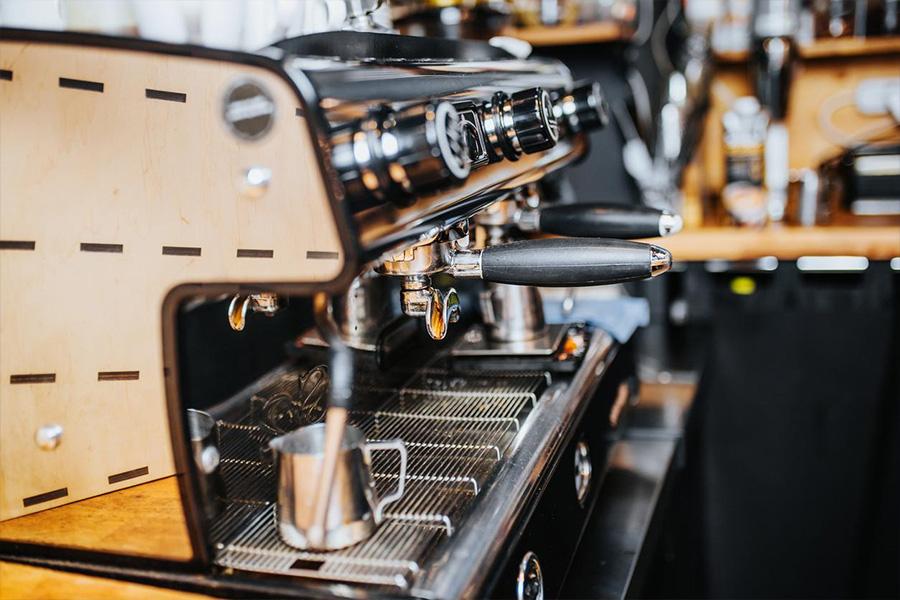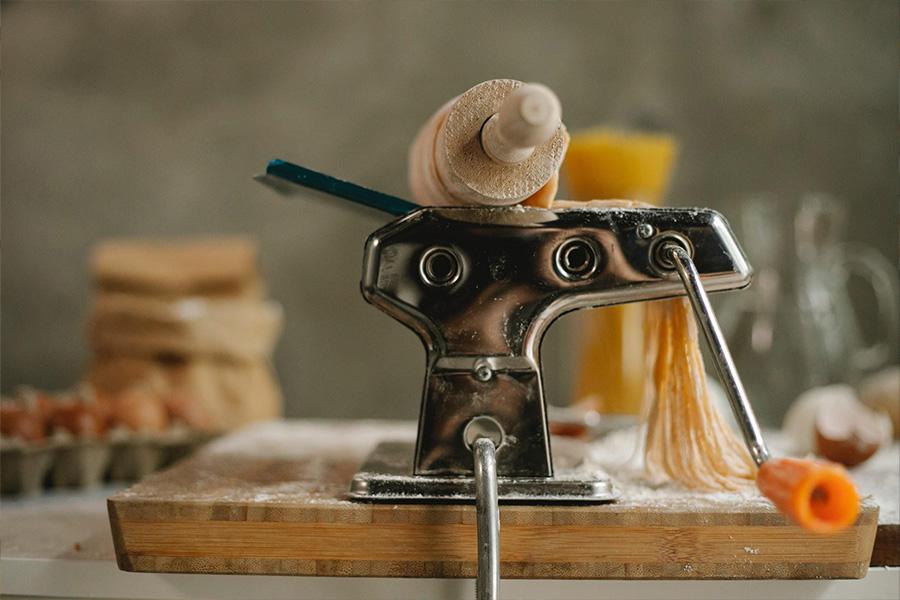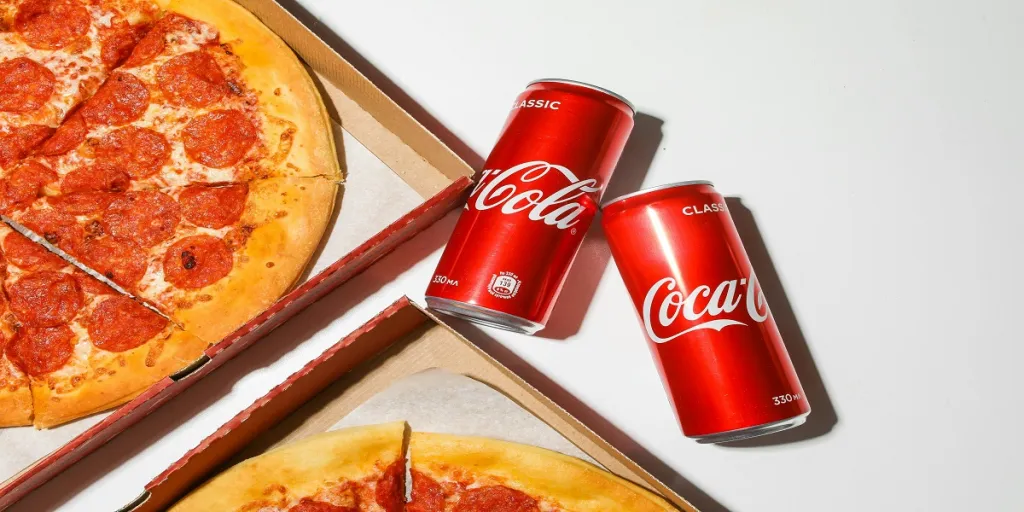There is a rise in the global food and beverage consumption rate, as well as a growth in the food processing industry. Companies are continuously seeking new ways of delivering processes and technologies that can attract customers’ attention to boost sales and profit. These activities are causing exponential growth in the food and beverage industry. In 2021 alone, the food and beverage processing equipment market reached a whopping USD 58.3 billion and is estimated to reach USD 76.0 billion by 2026 at a CAGR of 5.5%.
Read on to learn about some trends in the food and beverage processing machinery market that can be leveraged by businesses.
Table of Contents
Food and beverage industry overview
Food and beverage machinery industry key trends
Conclusion
Food and beverage industry overview
The food and beverage machinery industry is a lucrative and fast-growing sector in the global market. Companies in this field are harnessing tech-driven insights in the manufacturing, packaging, and delivery of valued products to the market, as a result, inciting market growth and competition in the industry.
The importance of technology and innovation in food processing can not be overemphasized. Smart technology has a way of attracting consumers of the younger demographics who are living in more technology-enabled regions. Successful food and beverage innovation has not just elevated most businesses but has equally helped establish sustainable growth and profitability.
Innovation in the food machinery industry seeks to improve customers’ experience and satisfy their ever-growing and complicated demands. For instance, modern commercial kitchen appliances now have advanced user-friendly touchscreen units that function in both low and high-temperature conditions. This futuristic equipment includes all-inclusive compact kitchenware, Bluetooth-enabled units, and other utilitarian kitchen equipment. Robotic products get noticed easily by buyers because of their AI design, high efficiency, and automation.
Now, let’s take a deep dive into some of the emerging food and beverage processing machinery market trends.
Food and beverage machinery industry key trends
End users are getting savvier day by day, and are now more interested in learning about how and why their food is manufactured. To satisfy customers’ complicated demands and beat the competition, one needs to keep abreast of the top trending industry strategies.
Below is a list of some market trends in the food and beverage machinery industry that can scale businesses.

Technological innovations
Technological innovation has become fundamental in the manufacturing, processing, and delivery of products in the 21st century. The integration of tech systems (like AI, automation, and IoT technology) has hugely contributed to labor cost reduction, high speed, and high efficiency in the food production process. IoT automation is now being utilized in warehouses, in the analysis, organization, and storage of food.
These technologies play key roles in planning, controlling, evaluating, and optimizing food processing, as well as helping to track food machinery maintenance, which saves costs and time for manufacturers. Food manufacturers understand the relevance of data-driven concepts in food optimization, which encourages increased investment in the food and beverage machinery business.
SPX FLOW recently invented homogenizer equipment that helps customers test an expansive range of recipes in one compact unit. The innovation assists food and beverage producers to improve their output and delivery.
The vast integration of cutting-edge technology in food processing makes automation and autonomous equipment a vital aspect of the food and beverage equipment industry. Automation-driven beverage production equipment is gaining popularity and would likely dominate the market in the next decade.
Competitive dynamics
The rate of competition in the food machinery industry has drastically increased and is driven by factors such as product features, sizes, types, and technology. Competition in the food and beverage industry is found mostly in the areas of advertising, packaging, and also in the emergence of new products and flavors in the market. Due to the competitive intensity of the market, businesses seeking to penetrate this industry have to deliver high-value products that are tailored to the customers’ specific needs.
At the moment, vegan foods are trending on social media, and products that cater to vegetarians will most likely sell with minimal advertising effort. So, to survive the competitive landscape in the food and beverage industry, it is important to stay updated with emerging market trends and systems.

Increased automation of packaging machinery
Today’s industrial practices are all being automated. And during the pandemic, most businesses were forced into adopting automated systems for data collection, product manufacturing, processing, and delivery.
Artificial intelligence and automated technologies are now being harnessed in fixing technical problems and workforce issues. Automation has become a leading trend in the global packaging machinery industry and is going to be an essential long-term trend.
E-commerce revolution
E-commerce has brought a new narrative to the world. Buying and selling have been digitized and made more convenient and swift. Purchases, payments, and shipments are now remotely managed.
Most companies are now having to restructure their services to meet e-commerce standards. This has helped businesses like Amazon, eBay, Alibaba, Aliexpress, and many more to reach a very high point in revenue generation. Thus, this is a sector to keep an eye on, because of its future growth opportunities.
Rise in environmental concerns
Machinery and packaging materials, after being used and dumped, leave a strong environmental impact. The excessive littering of plastics and food containers is increasing climate change and plastic pollution concerns.
Scientists are working hard to develop systems for managing waste and/or converting/recycling it into valued products. In some areas, green packaging materials are helping to tackle the growing plastic waste issues because they are environmentally friendly and recyclable.
However, the Internet of Things (IoT) technology solution is another reliable approach to creating a better, greener, and safer environment. It is mainly applied in data collection, inventory monitoring, supply chain regulation, food processing, quality testing, weather monitoring, and more. The IoT helps ensure environmental sustainability and can be operated using any smart gadget.
Conclusion
It is a nice choice to build your business around profitable trends—a business should have the flexibility to adapt to the changes and upgrades that are emerging in the market. Customers’ expectations and requirements for food and beverages are rising, and businesses are forced to readjust their operations to meet these demands.
Investment in trendy products is a good way to attract a lot of buyers and boost sales and profit. Automated machinery like fruit drying and packing machines, spice jars packaging machines, and food and beverage factory filling machines are good examples of products with good scalability value that investors should consider buying. Follow this guide to learn more about trendy food-making machinery products that can help your business grow.




